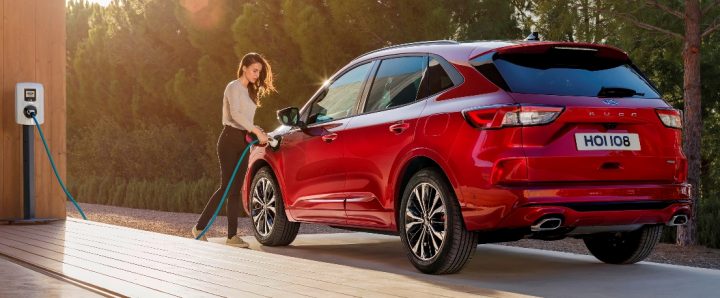Britain’s electric nation is not united, shows analysis with some surprising results.
With the upcoming ban on new petrol and diesel cars in 2030, Vehicle Contracts brought together statistics and revealed which UK regions are the best and worst for EV owners.
To do this, they analysed the number of public electric vehicle chargers in each region and compared to the current number of registered electric vehicles based on their population.
|
EV’s & Public Chargers in UK |
||||
| Rank | Region | Chargers | EVs | Ratio |
| 1 | Greater London | 9,898 | 79,876 | 8 |
| 2 | North East | 935 | 9,645 | 10.3 |
| 3 | Wales | 1,096 | 12,887 | 11.7 |
| 4 | Scotland | 2,951 | 38,634 | 13 |
| 5 | East Midlands | 1,624 | 31,496 | 19.3 |
| 6 | West Midlands | 2,006 | 43,393 | 21.6 |
| 7 | Northern Ireland | 347 | 7,654 | 22 |
| 8 | Yorkshire and the Humberside | 1,579 | 46,149 | 29.2 |
| 9 | South East | 3,795 | 135,430 | 35.6 |
| 10 | East of England | 1,875 | 70,166 | 37.4 |
| 11 | North West | 1,868 | 74,585 | 39.9 |
| 12 | South West | 2,080 | 85,533 | 41.1 |
Key Findings:
- The North East has the highest number of EV chargers per EV outside of London – with 10 electric vehicles per charger, based on the 9,645 registered electric vehicles divided between 935 charging stations in the region. Meaning, those living in Newcastle, Sunderland and Middlesbrough have the best chance of finding a charger for their EV.
- South West England is falling behind with the demand of EV chargers – with 41 EV’s per charger in the region
- Scotland is the most prepared for the switch to an all-electric future with 2,951 chargers, with 54 available per 100,000 residents. The country currently has 3,084,852 registered vehicles with 5,466,000 people meaning, as it stands, they’re the most ready location in the UK for the move to electric.
- Northern Ireland is least prepared with just 18 EV chargers available per 100,000 people.
Robert Harris, Director at Vehicle Contracts said, ‘With many drivers making the switch to electric and the UK government currently discussing a ‘total ban’ on combustion engines, the supply of charging points will need to keep up with the growing demand in order for the UK to go fully electric.
“Looking at the best and worst public electric charging networks offers an interesting insight into where we’re at right now with our EV offering, and where more investment needs to be made in order to support the electric vehicle industry and, in turn, the environment.’’
Vehicle Contracts used Zap-Map data from March 28th 2022 to locate regional chargers and compared this against the latest Department for Transport data ULEVs along with ONS population estimates.

